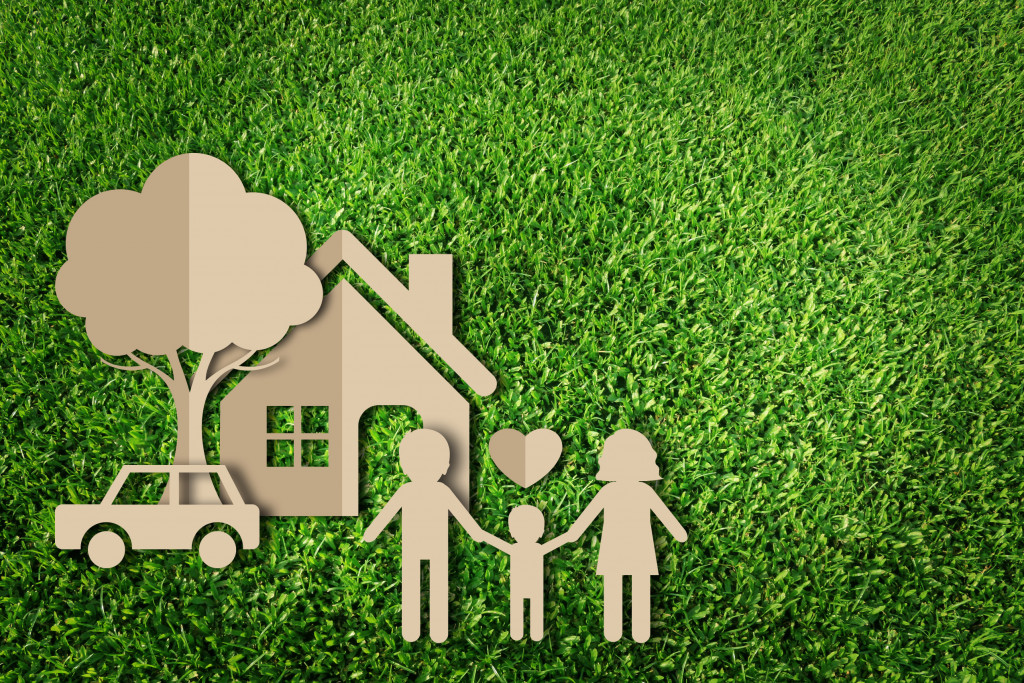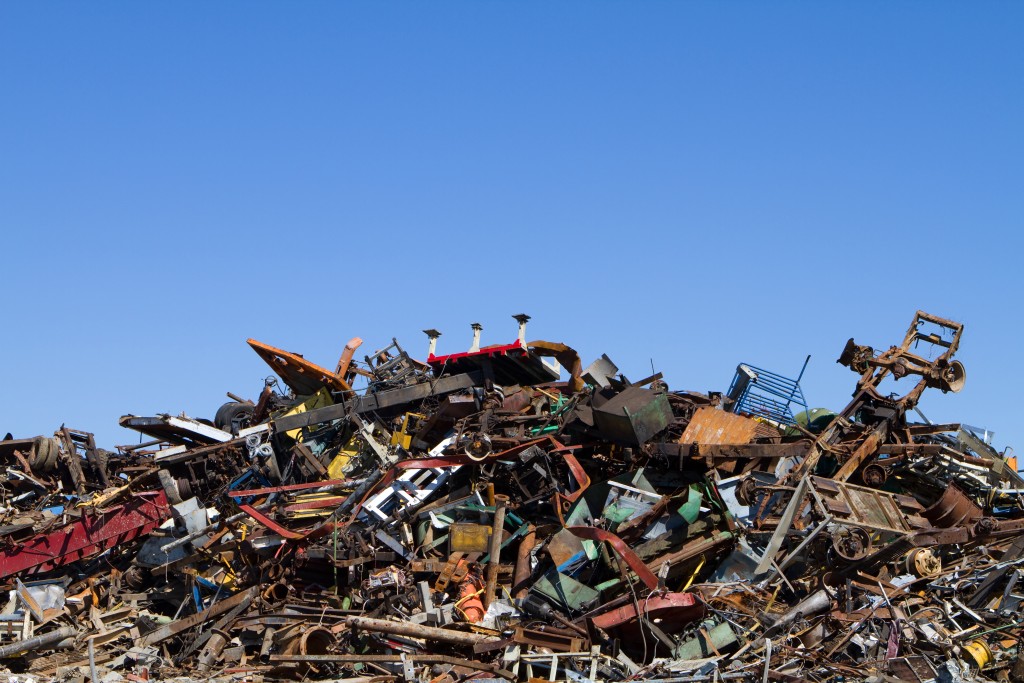Plastic pollution has been an ongoing environmental problem that affects us, the wildlife, our waters and eventually the future generations. We should all be constantly informed of the dangers it can inflict and what are the ways to prevent them. All of us can do small steps like recycling, avoiding single-use plastics and using plastic alternatives in our everyday lives.
Here are some of the harmful consequences of plastic pollution:
Top 5 Negative Effects of Plastic to the Environment
-
Water Pollution
The world’s water is affected due to plastics and other wastes. The toxins in garbage are being leaked into the oceans, as well as groundwater and reservoirs. When they leech into the water, they can end up harming humans and animals as well. Single-use plastic also blocks culverts and storm drains that affect the flow of water.
Plastic products like drink bottles, grocery bags and food wrappers are the common pollutants in land and water. Some solutions include using reusable water bottles, bags and containers to lower the consumption of single-use plastics.
Cosmetics also use microplastics like microbeads that don’t degrade or dissolve in water. These are commonly found in scrubs, toothpaste and other beauty products. Some brands are now using alternatives like oats, crushed walnut shells and sugar. Choose beauty products like whitening body scrubs without microbeads to reduce the harmful effects on the environment.
-
Land Pollution
Plastic waste dumped in landfills reacts with water and tends to form hazardous chemicals. The wind also carries plastic from one place to another and can get stuck on trees, towers, poles and traffic lights. Researchers warn that the microplastics in soils can have negative long-term effects on our ecosystem. Terrestrial microplastic pollution is 4 to 23 times higher than marine microplastic pollution.
Chlorinated plastic can also release dangerous chemicals into the soil that can affect other surrounding water sources. It can also affect the variety of species that live in the water. Also, when plastics change the soil chemistry and dry up the soil, it can also affect the plants.
Plastic containers can also carry some food particles that attract animals to eat the plastic. It can embed in their digestive tracts and block that passage of food that can lead to infection or death.

-
Air Pollution
The burning of plastics releases poisonous chemicals that lead to environmental pollution. When this polluted air is inhaled by humans and animals, it can affect their health and can cause respiratory problems. More than 40% of the world’s trash is burned. The chemicals released can cause cancer, asthma and endocrine disruption.
Persistent Organic Pollutants (POP) and other toxic chemicals move around our planet, which means that the plastic burned in one country can affect its neighboring countries. The solution to this is to stop burning plastics and use recycling services instead. Practice garbage segregation, reduce waste by composting and educate your family, friends and neighbors about the dangerous effects of trash burning.
-
Cleaning Plastic is Expensive
Aside from the loss of life to people, plants and animals, It costs millions of dollars annually to clean the affected areas after exposure. Over time, land becomes more valuable and looking for places to dump garbage is an ongoing problem in many parts of the world.
We can all contribute to reducing landfill waste in the world. We can donate clothes, reduce food waste, buy things with less packaging and recycle. Reducing things that we throw away is one of the biggest help we can make to our landfills. Composting is another option, you can reduce the amount of trash while also contributing to the soil’s health.
-
Plastic Pollution Kills Animals
Over the years, there were countless ads that show ducks or dolphins trapped in plastic can holders. Unfortunately, these items are still used and thrown away to this day. Marine animals usually eat microplastics due to their small size. Since plastic contains toxic chemicals, it can increase the chance of serious diseases and reproduction issues on the animals.
Plastic pollution also causes harm even to smaller organisms, even tiny corals and huge whales. More than 700 marine species are actually killed either by entanglement or ingestion, resulting in millions of animal deaths. Once they ingest microplastics, these animals can suffer for months or years until they die.
Plastic is composed of toxic pollutants that have the potential to cause harm to humans, animals and the environment through land, water and air pollution. Although plastic is a useful material, there are lots of other alternatives we can use to avoid further environmental damage.




